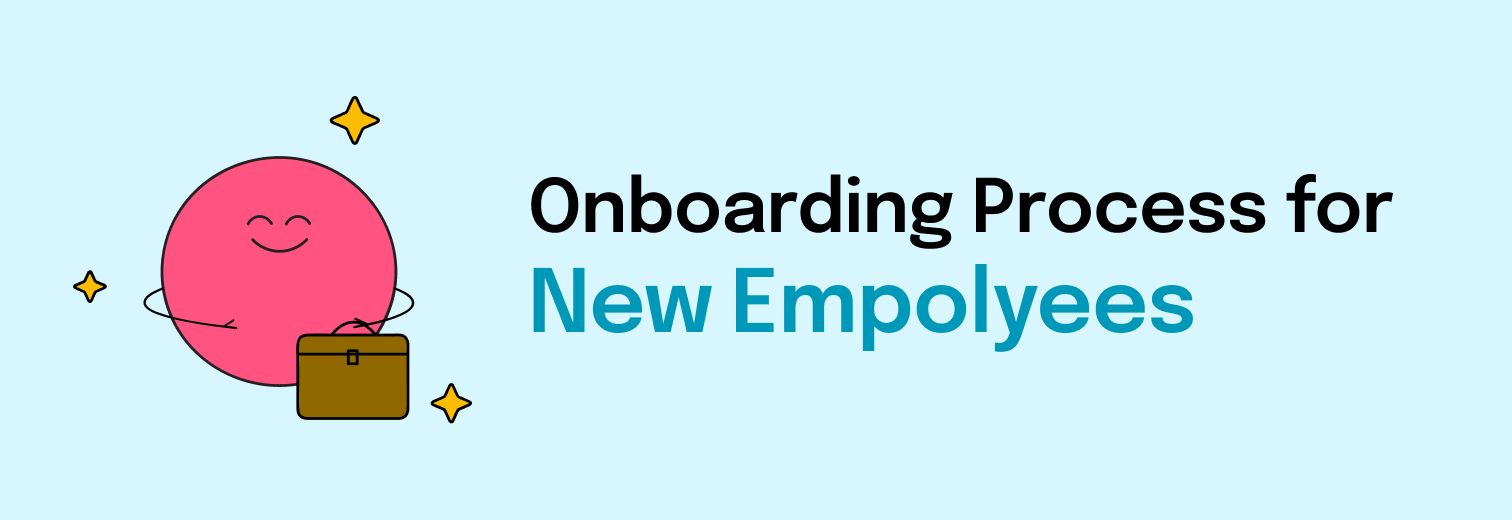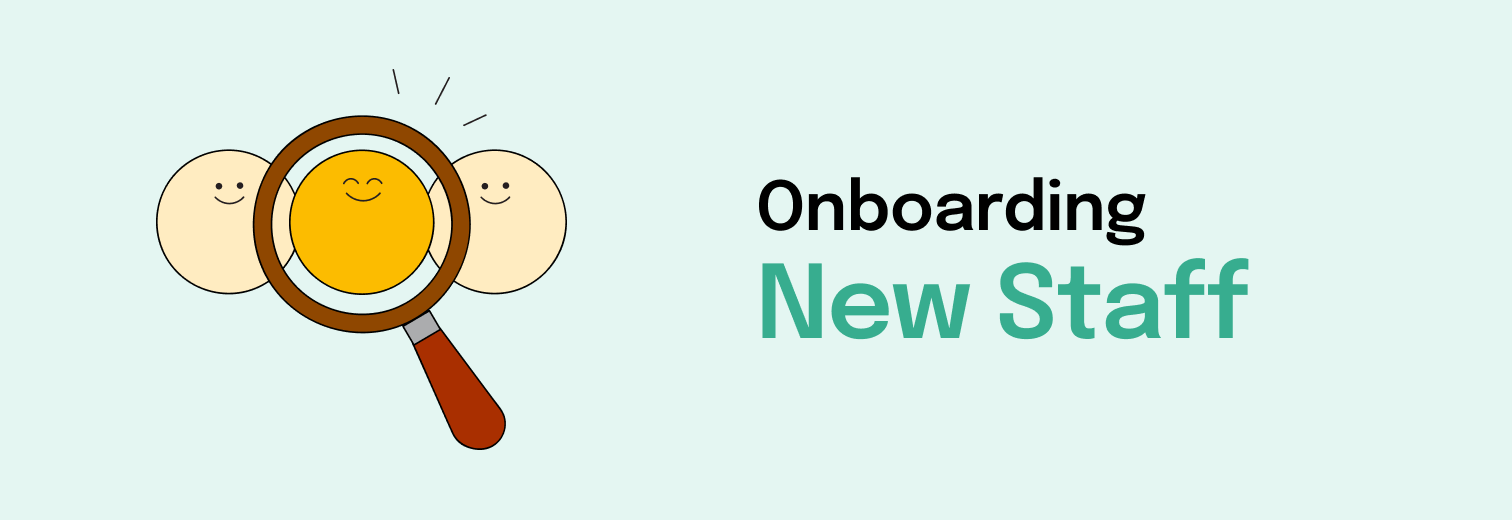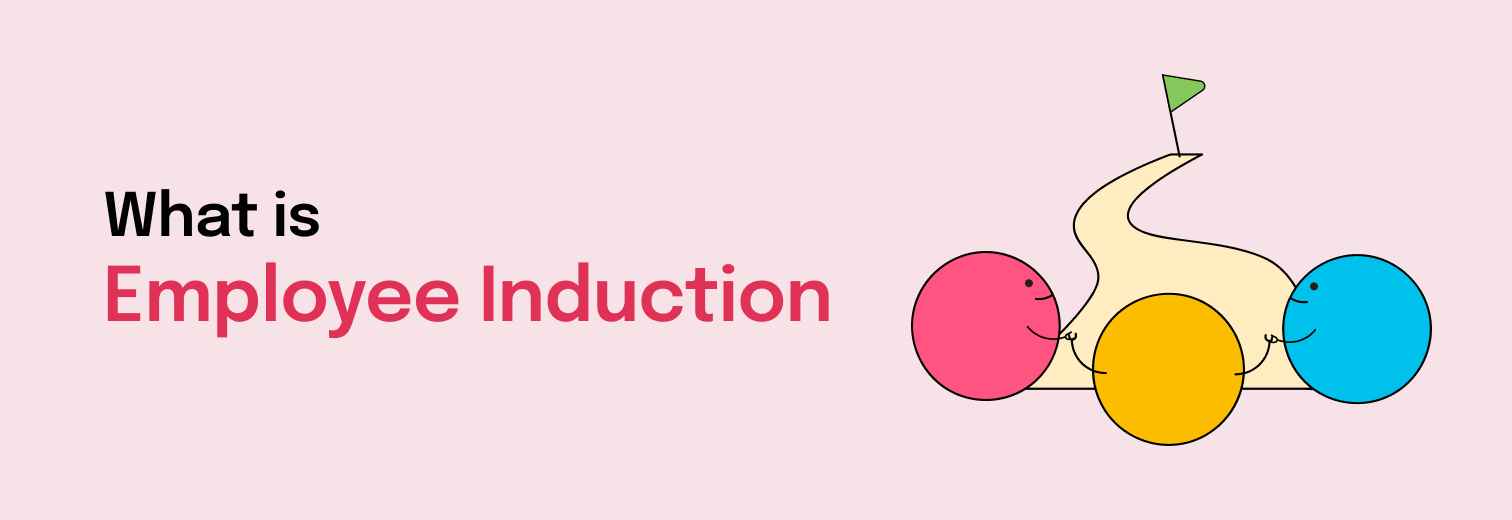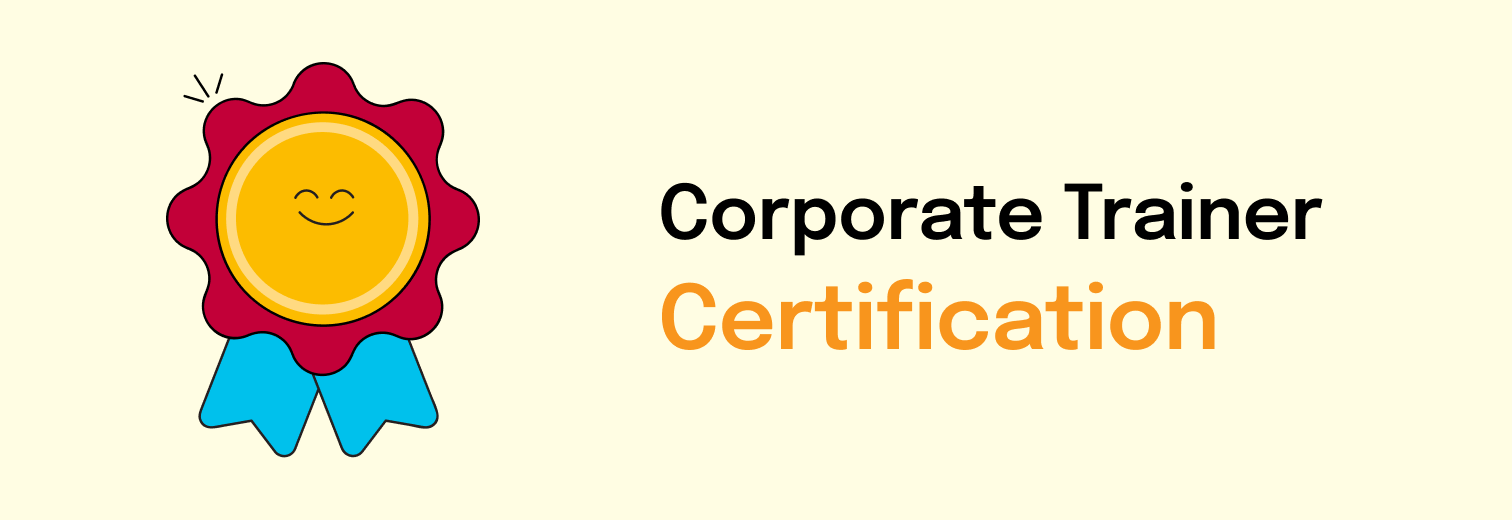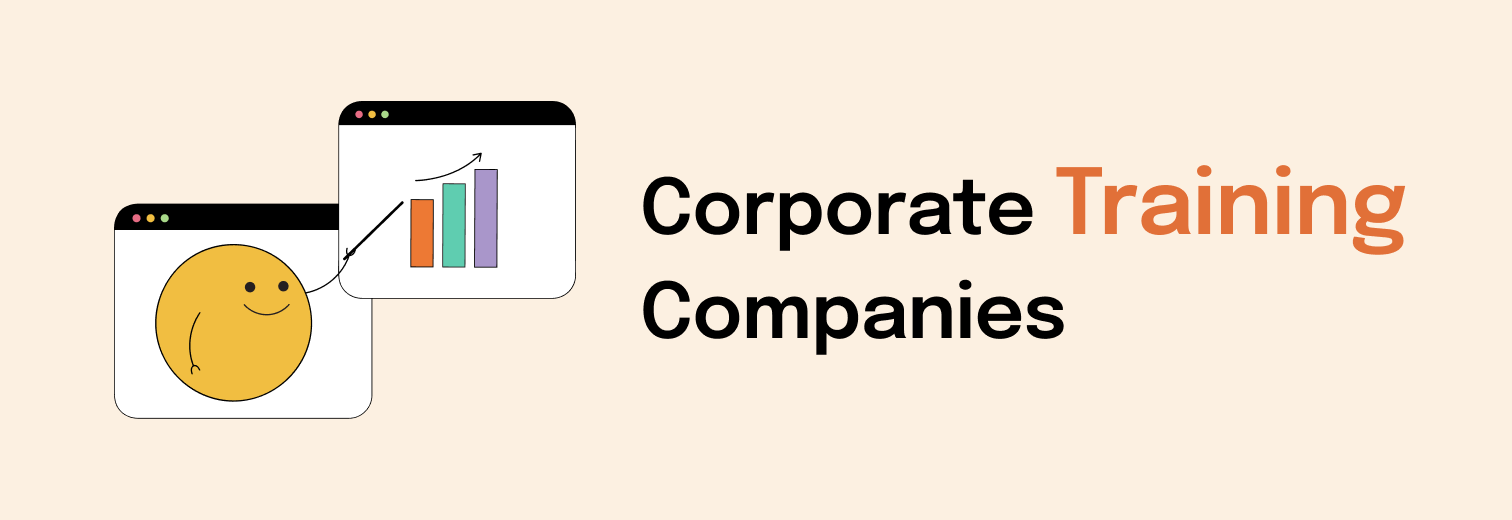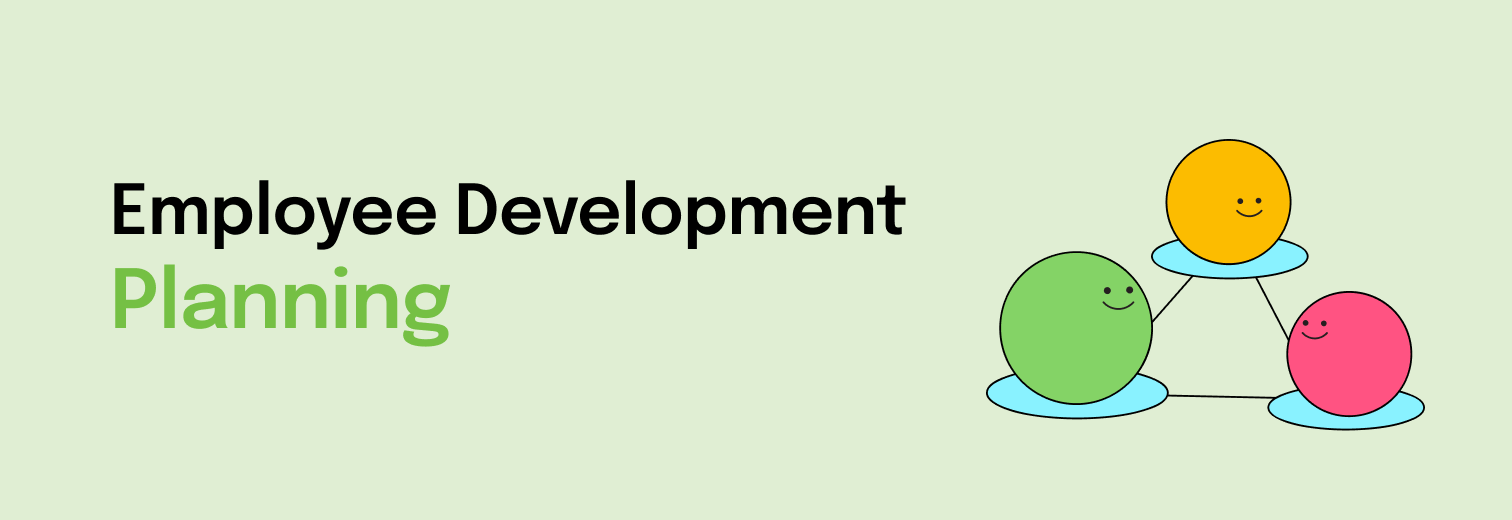The Ultimate Guide to an Effective Onboarding Process for New Employees: Best Practices, Key Steps, and Common Mistakes to Avoid
The Onboarding Process for New Employees is a critical phase that shapes the initial experiences of new hires and sets the stage for their future success within your organization. A well-planned and structured onboarding process helps employees feel welcomed, informed, and prepared to contribute effectively. It’s not just about the first day; it’s about creating a smooth transition that enhances engagement, reduces turnover, and boosts productivity. This guide explores the Best Practices for Onboarding New Employees, providing a comprehensive look at what makes an onboarding program successful.
Whether you’re implementing a Structured Onboarding Process for New Hires or refining your Onboarding Process for Remote Employees, the steps outlined here will help you build an effective strategy that meets your organization’s needs.
What is Employee Onboarding?
Table of Contents
The Onboarding Process for New Employees involves a series of steps designed to help new hires adjust to the social and performance aspects of their jobs quickly and smoothly. Unlike orientation, which is often a one-time event, onboarding is an extended process that can last weeks or even months. It includes everything from introducing company culture and policies to providing role-specific training and building relationships within the team.
A Structured Onboarding Process for New Hires ensures that every step is intentional, guiding employees through a clear pathway of learning and adaptation. This approach minimizes uncertainty and accelerates the time it takes for new hires to become fully productive.
Components of Effective Onboarding:
- Orientation Sessions: Provide a comprehensive overview of the company’s mission, values, and organizational structure.
- Role-Specific Training: Equip new hires with the skills and knowledge needed for their specific roles.
- Mentorship Programs: Pair new employees with experienced colleagues who can offer guidance and support.
- Ongoing Feedback and Support: Establish a feedback loop to address questions, track progress, and ensure continuous improvement.
By implementing these elements, companies can create an engaging and Seamless Onboarding Process that empowers new employees from day one.
Why Onboarding Matters
The Importance of Onboarding in Employee Retention cannot be overstated. A robust onboarding process directly impacts how quickly new hires feel comfortable in their roles and how long they stay with the company. Studies show that organizations with a structured onboarding process experience 82% higher retention rates and 70% higher productivity among their employees.
A successful Corporate Onboarding Program helps to:
- Foster a Sense of Belonging: When new hires feel welcomed and valued, they are more likely to engage fully with their work.
- Clarify Roles and Expectations: Clear communication from the start helps employees understand their responsibilities and how they contribute to the company’s goals.
- Reduce Time to Productivity: By providing the necessary tools, training, and resources, employees can hit the ground running and start contributing sooner.
- Improve Employee Satisfaction: A positive onboarding experience boosts morale and satisfaction, reducing the likelihood of turnover.
In today’s competitive job market, an effective Onboarding Process for New Employees is not just a nice-to-have—it’s a strategic imperative that directly affects your bottom line.
Key Steps in the Onboarding Process For New Employees
During the Hiring Process
- Create Transparent Job Descriptions: Clearly outline the job role, expectations, and career path during the hiring phase to set the right tone from the start.
- Communicate the Hiring Timeline: Keep candidates informed about what to expect, reducing anxiety and building trust before they even start.
During the Offer Stage
- Use Personalized Communication: Opt for phone offers or face-to-face meetings to make the acceptance feel more personal and engaging.
- Send a Detailed Offer Letter: Include all necessary information such as job role, salary, benefits, and start date to ensure clarity.
Preparing for the First Day
- Set Up Workstations and Tech Tools: Ensure all equipment, software, and access permissions are ready before the employee’s arrival.
- Introduce Team Members Early: Schedule introductions with key colleagues, supervisors, and team members to help the new hire feel part of the team.
The First Day
- Conduct a Warm Welcome: Start the day with a welcome meeting, providing an overview of the company, and setting the tone for a positive experience.
- Begin Basic Training: Introduce essential tools, systems, and initial responsibilities to help the new employee settle in.
The First Week
- Schedule Regular Check-Ins: Daily or weekly check-ins help address any immediate questions and reinforce ongoing support.
- Set Performance Goals: Outline clear objectives for the first 30, 60, and 90 days, helping the employee understand what success looks like.
First 90 Days
- Continuous Feedback and Development: Use this period to provide constructive feedback, adjust training as needed, and ensure the new hire feels supported.
- Evaluate Progress and Fit: Regular evaluations help assess whether the onboarding is on track and allows for adjustments.
Implementing these Steps for Seamless Onboarding will not only improve employee satisfaction but also streamline the process, making it more effective and consistent across all levels.
Common Onboarding Mistakes to Avoid
Many companies struggle with common onboarding pitfalls that can derail the process. Here are some mistakes to avoid:
- Inadequate Preparation: Failing to prepare the necessary tools, materials, and schedules can make the onboarding experience feel disorganized.
- Overwhelming New Hires: Bombarding new employees with too much information too quickly can lead to confusion and frustration.
- Lack of Personalization: A one-size-fits-all approach often misses the unique needs of each new hire, making the onboarding feel impersonal.
Avoiding these mistakes by following an Onboarding Checklist for New Employees ensures that each step is executed effectively, creating a positive first impression and setting the foundation for long-term success.
How to Enhance the Onboarding Experience with Technology
Using technology in the Onboarding Process for New Employees can greatly enhance the overall experience. Digital tools help automate repetitive tasks, track progress, and maintain a consistent onboarding experience.
Technological Enhancements in Onboarding:
- Onboarding Software: Automate paperwork, task assignments, and communication, freeing up HR teams to focus on more personalized aspects of onboarding.
- Virtual Training Platforms: Offer interactive learning modules that new employees can complete at their own pace, especially useful for remote onboarding.
- Employee Portals: Provide easy access to company policies, training materials, and performance tracking, making it simple for new hires to find what they need.
These tools not only streamline the Onboarding Process for Remote Employees but also ensure that all employees receive the same quality onboarding experience, regardless of their location.
Measuring the Success of Your Onboarding Process for New Employees
It’s essential to track the success of your Onboarding Process for New Employees to identify areas for improvement. Key performance indicators (KPIs) can provide valuable insights into how well your onboarding program is working.
Key Success Metrics:
- Time to Productivity: Measures how long it takes new hires to reach full competency in their roles.
- Employee Feedback: Gather insights through surveys to understand the strengths and weaknesses of the onboarding experience.
- Retention Rates: High retention among newly onboarded employees is a strong indicator of a successful process.
Continuously monitoring these metrics helps refine your Structured Onboarding Process for New Hires, ensuring it remains effective and aligned with business goals.
Conclusion
Creating an effective Onboarding Process for New Employees is crucial for driving employee engagement and long-term success. By following best practices, using technology, and continuously measuring your onboarding outcomes, you can develop a process that not only welcomes new hires but also sets them up for success.
FocusU CTA: Ready to elevate your onboarding process? At FocusU, we design impactful onboarding solutions that engage, educate, and empower your new employees. Contact us today to learn how
Frequently Asked Questions (FAQs)
Q1. What makes an effective onboarding process for new employees?
A structured approach that includes orientation, training, feedback, and integration is key to successful onboarding.
Q2. What are the best practices for onboarding new employees?
Best practices include clear communication, personalized training, regular feedback, and continuous support.
Q3. How long should onboarding last?
Onboarding can last from a few weeks to several months, depending on the role and company policies.
Q4. What is the impact of a poor onboarding process?
Ineffective onboarding can lead to confusion, low engagement, and higher turnover rates.
Q5. How can technology improve the onboarding process?
Technology can automate tasks, provide virtual training, and maintain consistent communication, especially for remote employees.
Q6. Why is onboarding important for employee retention?
A positive onboarding experience helps new hires feel valued and supported, increasing their likelihood of staying with the company.
Q7. What are common onboarding mistakes?
Common mistakes include lack of preparation, overwhelming new hires, and failing to personalize the experience.
Q8. How can I measure the success of my onboarding process?
Use metrics like time to productivity, employee feedback, and retention rates to evaluate and improve your onboarding strategy.
{{ include_custom_fonts({“Epilogue”:[“Black”,”Black Italic”,”Bold”,”Bold Italic”,”Extra Bold”,”Extra Bold Italic”,”Extra Light”,”Extra Light Italic”,”Light”,”Light Italic”,”Medium”,”Medium Italic”,”Regular”,”Regular Italic”,”Semi Bold”,”Semi Bold Italic”,”Thin”,”Thin Italic”]}) }}
